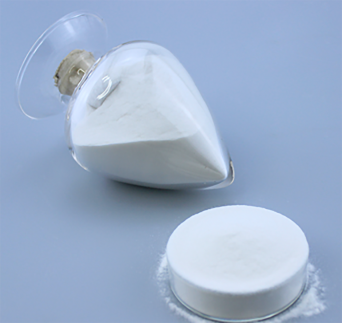
wrz . 28, 2024 20:48 Back to list
HPMC Application in Pharmaceuticals and Food Industries for Improved Stability and Performance
Hydroxypropyl Methylcellulose (HPMC) An Overview
Hydroxypropyl methylcellulose (HPMC) is a versatile, semi-synthetic polymer derived from cellulose, a natural polymer found in plant cell walls. HPMC is widely used in various industries, including pharmaceuticals, food, cosmetics, and construction, due to its unique properties and functionalities. This article delves into the composition, characteristics, applications, and benefits of HPMC, highlighting its significance in modern manufacturing and formulation processes.
Composition and Structure
HPMC is produced by the chemical modification of cellulose through the introduction of hydroxypropyl and methoxy groups, which enhances its solubility and compatibility in various solvents. The degree of substitution, which refers to the average number of hydroxypropyl or methoxy groups per anhydroglucose unit, determines its viscosity and solubility. Higher degrees of substitution typically lead to lower viscosity in aqueous solutions, making HPMC a flexible material for diverse applications.
Key Properties
HPMC exhibits several beneficial properties that contribute to its widespread use. Some of these properties include
1. Water Solubility HPMC is soluble in cold water but not in hot water, which allows for controlled viscosity and thickening effects in formulations.
3. Film-forming Ability HPMC can form a flexible, transparent film, making it useful in coatings and as a barrier in various applications.
4. Emulsifying Properties It helps to stabilize emulsions, making it an ideal ingredient in cosmetic and food products where blending of oil and water is required.
5. Biocompatibility Due to its natural origin, HPMC is biocompatible and non-toxic, making it suitable for use in pharmaceuticals and personal care products.
Applications
HPMC is utilized across multiple sectors, capitalizing on its unique properties
hpmc hydroxypropyl methylcellulose

1. Pharmaceuticals In the pharmaceutical industry, HPMC is employed as a binder in tablet formulations, a viscosity-modifying agent in liquid dosage forms, and a film-coating agent. Its ability to control the release of active ingredients makes it vital for developing controlled-release and sustained-release formulations.
2. Food Industry HPMC is used as a thickener, emulsifier, and stabilizer in various food products, enhancing texture and mouthfeel. It is commonly found in sauces, dressings, and dairy products, contributing to product stability and sensory qualities.
3. Cosmetics and Personal Care In cosmetics, HPMC serves as a thickening agent for lotions, creams, and gels. It helps enhance product consistency and performance, ensuring an appealing texture and smooth application.
4. Construction HPMC is utilized in construction materials, such as dry-mixed mortars and tile adhesives. Its water-retention properties help improve workability and adhesion while preventing cracks and shrinkage in finished products.
Benefits of HPMC
The advantages of using HPMC in various formulations are manifold
- Versatility HPMC can be adapted for use in diverse formulations due to its adjustable viscosity and solubility characteristics.
- Enhanced Stability Its ability to stabilize emulsions and suspensions ensures the longevity and reliability of products.
- Improved Sensory Qualities In food and cosmetic applications, HPMC can enhance texture and mouthfeel, offering a more pleasant consumer experience.
- Safety Being derived from cellulose, HPMC is recognized for its safety and compatibility, particularly in pharmaceuticals and food products, aligning with consumer demand for non-toxic ingredients.
Conclusion
Hydroxypropyl methylcellulose (HPMC) is a multifunctional polymer that has carved a niche across various industries, proving to be indispensable in the formulation of pharmaceuticals, food products, cosmetics, and construction materials. Its unique properties, including water solubility, thickening ability, and film-forming characteristics, make HPMC an essential ingredient for achieving desired product performance and consumer satisfaction. As research continues to uncover new applications for HPMC, its role in modern manufacturing processes is poised to expand further, affirming its status as a key component in innovative formulations.
-
Versatile Hpmc Uses in Different Industries
NewsJun.19,2025
-
Redispersible Powder's Role in Enhancing Durability of Construction Products
NewsJun.19,2025
-
Hydroxyethyl Cellulose Applications Driving Green Industrial Processes
NewsJun.19,2025
-
Exploring Different Redispersible Polymer Powder
NewsJun.19,2025
-
Choosing the Right Mortar Bonding Agent
NewsJun.19,2025
-
Applications and Significance of China Hpmc in Modern Industries
NewsJun.19,2025







